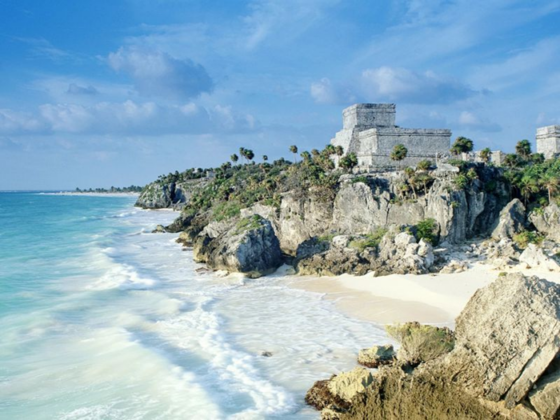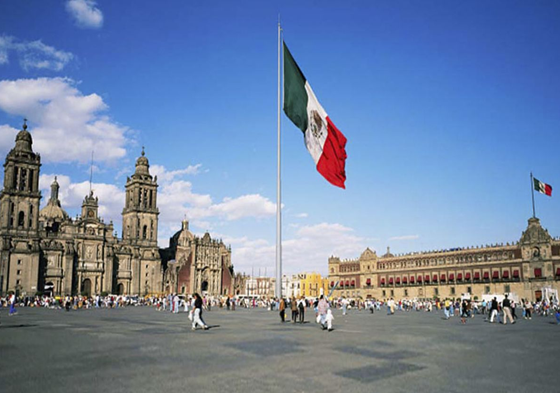Frame construction has a number of advantages. The main of which are the speed of construction and efficiency.
The walls of the frame structure are attached to a metal or wooden formwork, which is mounted to the foundation. If the house is built using Scandinavian technology, where finished blocks are used, then the walls are installed directly to the frame.
But more often the technology of wooden construction is used. Here the construction of walls is a more complex process in terms of technology. First, the frame with the guides is installed. Installation starts from corner beams, which are fixed on the screw system. Beams, depending on the technology, is exposed in different ways, every 120 or 60 centimeters. In addition to the lower binding, the upper one should be present, on which the rafter system will be exhibited.
The walls in the frame house, in addition to the supporting function, also perform insulation functions. Warming material is laid in the walls of the walls between the beams. This should be done depending on the construction technologies before external trim is made. First, a vapor barrier is installed, then the insulation is mounted, it is attached between the guide beams. Next, another layer of vapor barrier is attached, after which external trim can be carried out. The thickness of the insulation layer completely depends on the climatic conditions of the area, but it cannot be less than 15 cm. The most optimal for the middle lane will be 200 mm. width.
All the necessary communications must also be laid in the walls of the building: water supply, heating, wiring and telephone cable.
For interior wall decoration, drywall is often used, as well as natural materials – plywood or lining. The second material, in turn, will form additional thermal insulation.









